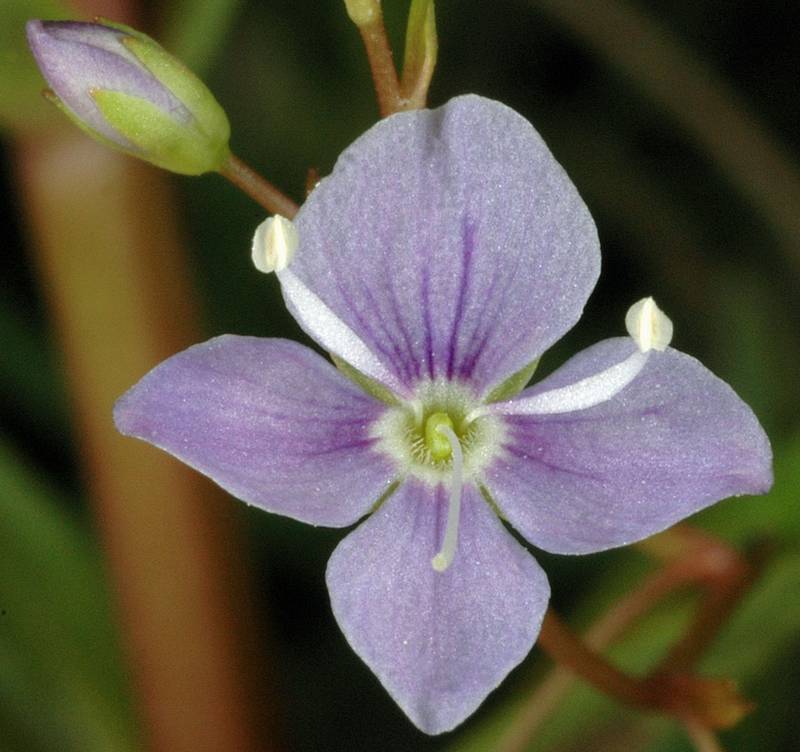Veronica beccabunga
Veronica scutellata
grass-leaf speedwell, marsh speedwell, skullcap speedwell
Leaves all opposite, sessile, linear to lanceolate, 2-8 cm. long and 2-15 mm. wide, usually entire.
Inflorescence of open racemes on long peduncles arising from the leaf axils, each raceme 5-20 flowered, the flowers on filiform pedicels 6-17 mm. long;
sepals 4;
corolla bluish, 6-10 mm. wide, rotate, 4-lobed, the upper lobe the largest;
style 2-4 mm. long;
stamens 2.
Capsule flattened, 2.5-4 mm. high, noticeably wider than high, broadly notched.
Veronica beccabunga
Veronica scutellata
Occurring on both sides of the Cascades crest in Washington; Alaska to California, east to the Rocky Mountains, northern Great Plains, Great Lakes region, and eastern North America; Eurasia
- Local floras:
BC,
CA,
OR,
WA
- Local Web sites:
CalFlora,
CalPhotos,
Flora NW,
PNW Herbaria,
Turner Photog.
WildflowerSearch
iNaturalist (observations)
USDA Plants Database
- LBJ Wildflower Center
- SEINet
- Plants of the World Online
- Encyclopedia of Life
- Wikipedia
- Google Image Search


